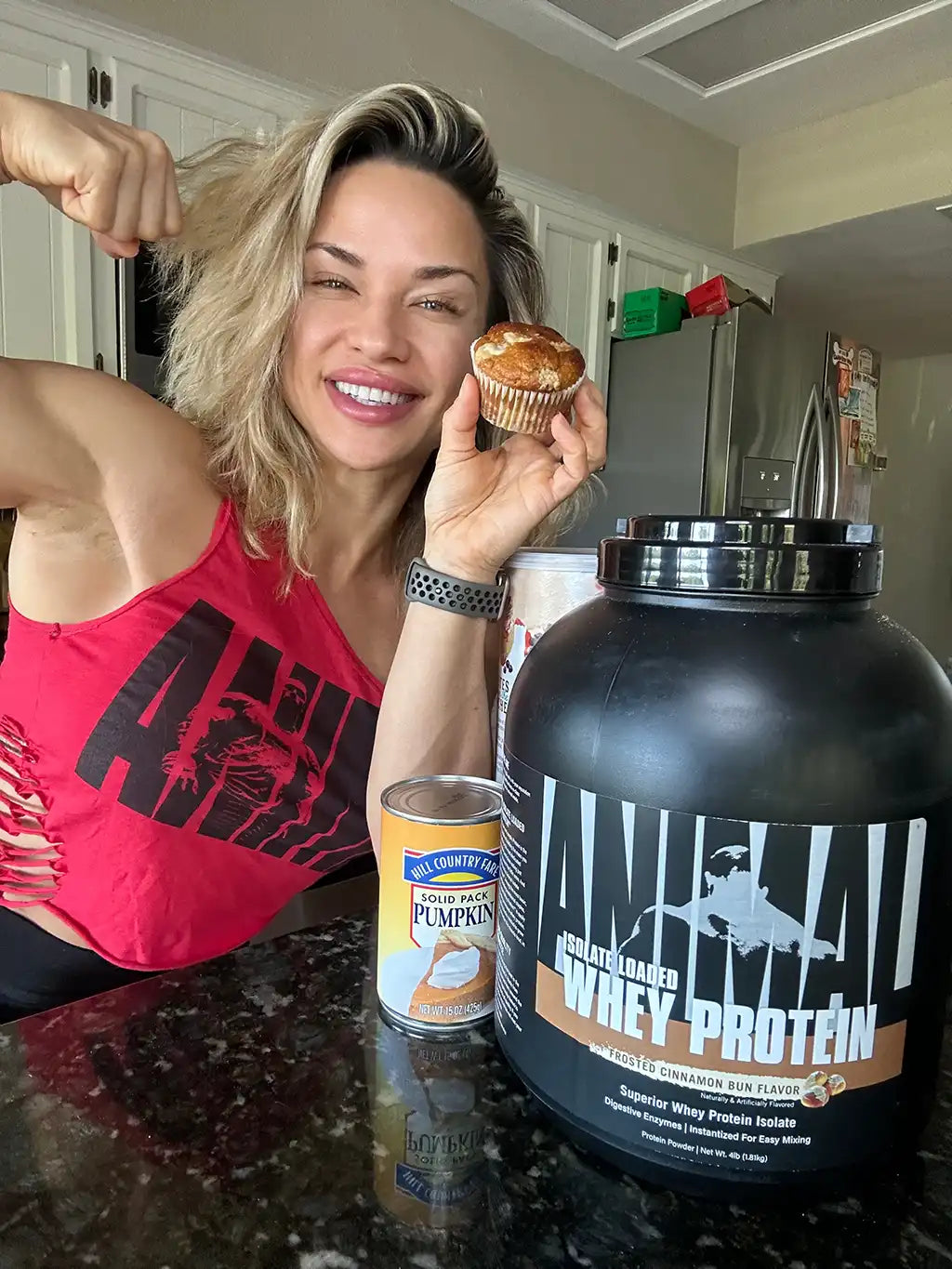Often we are so focused on building strength and size in our muscles that we forget about our tendon and ligament health. Muscles can adapt and strengthen quite fast. But connective tissue takes a lot longer because of comparatively low blood flow. This, along with improper training, can lead to pain, inflammation, and injury over time. All these things will compromise your ability to increase your performance and size. Take a proactive approach to your joint health and keep your gains coming at a consistent pace!
We’ve all experienced some sort of joint pain during our training. This is often due to improper technique, excessive load, lack of muscle activation, and overtraining. Joint pain is a signal that tissue is being damaged, so if you are experiencing joint pain, see if you can narrow it down to one of the aforementioned causes. If you feel pain only when doing a certain exercise, check your form. Are you actually feeling the muscle stretch and contract? It may be wise to lighten the load and reassess your form. You might even scrap the exercise altogether in favor of a similar one. If you are certain you are training properly, joint pain could indicate you need to decrease training volume or frequency. As with muscle tissue, connective tissue needs time to regenerate and recover, so training too often or too much can negatively affect joint health.
After a joint injury, chemicals release that cause inflammation. The inflammatory process is important for healing, but too much inflammation can also cause more pain and damage to the injured area. Nutrition is one way to combat this problem. Consuming foods such as fatty fish, berries, leafy greens, nuts and seeds, olive oil, and fiber can have anti-inflammatory effects on the body. Such effects help balance the amount of inflammation in the body and allow the affected areas to heal. Use spices like ginger, turmeric, and cinnamon to flavor your food and provide a powerful anti-inflammatory effect. Conversely, try to severely limit or eliminate foods that promote inflammation in the body. Processed foods, foods high in sugar and/or salt, vegetable oils, and alcohol all contribute to inflammation.
Supplements can also help reduce inflammation. Curcumin (turmeric), ginger, and Boswellia have all been shown to reduce inflammation in the body. You can find all these supplements in Animal Flex, a convenient all-in-one pack taken only once per day or Animal Flex powder. Animal Flex also contains ingredients that support tendon and ligament construction, in addition to a lubricating oil that keeps joints moving smoothly: synovial fluid. Animal Flex also contains a specialized vitamin-and-mineral blend designed to provide the necessary micronutrients to maintain joint health. It’s no wonder Animal Flex won “Best Joint Supplement of the Year” 8 years in a row!
Lack of blood flow is the reason tendons and ligaments heal so slowly. Increasing blood flow to joints helps the body deliver nutrients to the area faster, leading to enhanced joint health. Sitting in a sauna is one therapy to utilize to increase blood flow. The heat increase relaxes blood vessels, allowing more blood to circulate. The heat also decreases inflammation and relieves pain associated with joint pain. Cardiovascular activity works much the same. An increase in blood flow and circulation promotes healing and decreases inflammation. Joint movement also increases synovial fluid production, which may alleviate joint pain as well.
Don’t allow joint pain to hold you back from training at your best. Take a proactive approach to joint pain. Train smart by emphasizing a lot of anti-inflammatory foods in your diet and limiting pro-inflammatory foods. Take a good joint support supplement like Animal Flex and utilize therapies like the sauna and cardiovascular exercise. Continue to make progress in the gym without your joints holding you back!








































